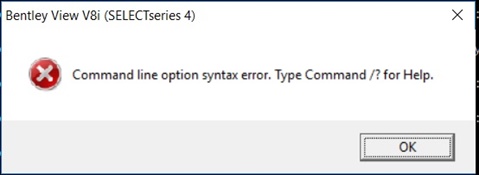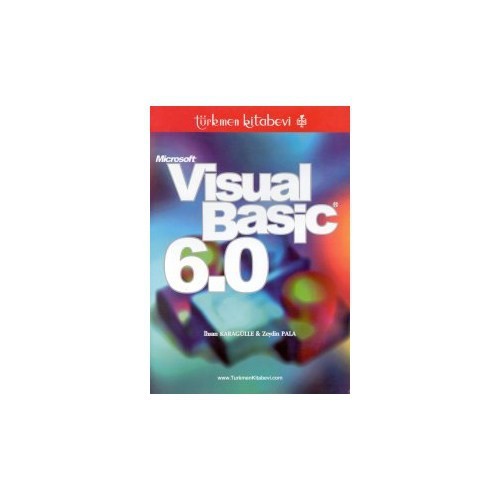

Thanks to the good people who made the Babel transpiler, JavaScript developers could write arrow functions to their hearts' content and the Babel transpiler would just replace them with the older function lambda operators. Perhaps strangest of all, is that this is exactly how JavaScript handled lambda’s in the pre-ES6 days. So what on earth is happening here? Does adding arrow functions go against some sort of language guide? If it does, we should be concerned. And remember, Microsoft also made C# and TypeScript, and they both have arrow function support. Visual Basic throws a pointless Function keyword into the mix and makes us wrap the operator in brackets. We might commonly use lambdas when we want to map a list of items from one type to another type.Ī more sensible language normally accomplishes this by doing the following: Lambdas are a simple expressive way of passing a parameter from one function to another. Why? Lack of concisenessĪlmost every language has lambdas. At the time, it was better than using Visual Basic 6, but these days, it’s a bad idea to start new projects using it and any existing projects are beginning to rack up more and more technical debt. This meant that people could start using VB.NET with more ease than learning a whole new language like C#.

However, the concept of Visual Basic already existed in things like VBScript and Visual Basic for Applications. VB.NET arrived at about the same time as C#. Let’s work through why it’s time to move on. NET (VB.NET), Visual Basic for Applications (for creating macros in Word or Excel), and VBScript. Why, though? Well, VB exists in three main forms, so let’s look at each one of them. It’s been a great run, but it’s time to go.

Now we’re in 2021, though, three decades after the initial release of Visual Basic. To complement this, Visual Basic was shown to be easy to learn and understand, which proved to be useful to budding developers at the time. The idea that a developer could drag and drop controls onto a form and then easily wire up some functionality was immediately appealing to anybody who had an interest in creating apps, and VB made it all the more achievable. At about this time, RAD (rapid application development) was popular. In that year, 30 years ago, the world was introduced to Visual Basic. This difference can largely be summed up as saying that in 1991, it had a future. Visual Basic today is completely different from where it started some 30 years ago now. It’s bad for me, it’s bad for you, it’s bad for everybody. In a time before PowerShell, we could use VBScript to interact directly with Windows, to automate tasks, and for even more complicated things.īut we really need to stop using it. If you knew VB, you could create desktop and web apps, and even automate tasks in apps like Excel or Word.
#Microsoft visual basic for applications core code
For a lot of people, the first code they wrote was in VB. Visual Basic (VB) holds a special place in many developers’ hearts.


 0 kommentar(er)
0 kommentar(er)
